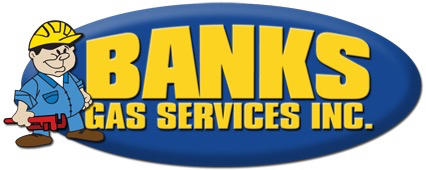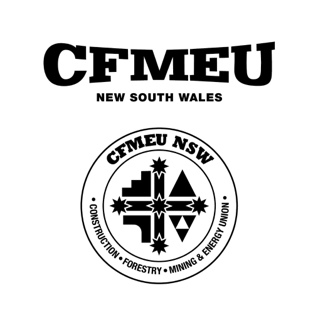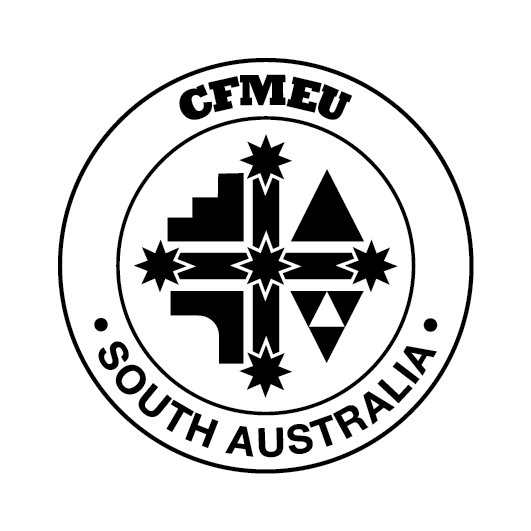Cover Page
-
Daily Work Zone Evaluation Project Description
-
Conducting Work For:
-
Conducted on
-
Prepared By:
-
Location
-
Foreman:
Safety/Compliance Checklist Items
-
The attached document is provided as a means to identify evaluate and control potential job site hazards and maintain compliance through the PUC and NiSource. The Safety Coordinator must evaluate employee job performance and complete this document.
Pre Job Briefing
-
Pre-Job Briefing conducted prior to work shift. Employees recognized evaluated and controlled specific safety and compliance items outlined on the checklist.
Work Zone
-
Work zone properly set up following MUTCD guidelines. All advanced warning signs properly posted. Qualified Flaggers Utilized as necessary.
-
Vehicles, workers, excavation, and sidewalks protected by cones
-
Sidewalk closed sign posted if applicable
-
Housekeeping is adequate for the jobsite. No trip/ fall hazards.
-
Vehicle warning lights on if applicable
-
Fire extinguisher properly positioned and upwind of excavation.
PPE
-
All PPE worn and in good condition
Vehicles
-
All vehicles wheels chocked
-
Vehicles contain spill kits
-
First aid kit inspected for the month and contains minimum contents. Supplies are not expired.
-
All fire extinguishers properly inspected annually and monthly and are secured in vehicles.
-
360 walk around conducted
-
All safety hooks, chains, and brake away cables in safe operative condition and not damaged.
-
Meters properly capped and stored in trucks and trailers
-
Secondary containers properly labeled and include an NFPA diamond pictogram.
-
All DOT medical cards available.
-
All CDL cards available if applicable while driving a vehicle with a weight or a combination of weight of 26,000 pounds or greater
-
DOT inspection records documented
Equipment And Tools
-
All equipment properly calibrated including CGI's and O2 monitors. Bump tests performed daily prior to use. CGI's taken prior to entering an excavation.
-
All equipment and tools in safe operative condition
-
Employees use intrinsically safe tools.
-
Extension cords not damaged or frayed, and contains ground prong.
-
Safety Whip Check Cords in use on all air hose connections.
Pipe Handling, Storing, Inserting, and Fusing
-
Pipe properly handled, chocked, and stored to prevent pipe deflection
-
Employees use pipe cutters to cut pipe. Best Practice.
-
Employees use liquid detergent and burlap to eliminate friction on the pipe.
-
Pipe inserted properly if applicable.
-
Heater plate is verified for proper temperature.
-
Fusions performed in accordance with the gas standards.
-
Pipe is properly prepared marked and scraped prior to fusing.
-
Employees don't electrofuse while in excavation.
-
Employees allow proper cool time and sign and date fusion
Meter/ Regulator Sets/ Threading Pipe
-
Vent Positioned away from windows doors etc.
-
Employees threaded pipe using proper machinery.
-
Catch basins used to catch metal shavings while threading and oil used to lubricate machine.
Excavation Methods
-
Employees demonstrate ability to operate excavator properly. Takes off safety vest etc.
-
Employees follow proper excavation methods following the 54321 Rule
-
Employees recognize and react to underground utilities and use shovels to dig around buried utility lines.
Recognizing Potential Job-Site Hazards
-
Employees eliminate all ignition sources.
-
Employees recognize evaluate and control the job site of potentially hazardous conditions.
Employee Reccomendations and Evaluation
-
Identify 3 potential hazards on the job site and the corrective actions taken:
-
1:
-
Corrective Action
-
Add media
-
2:
-
Corrective Action
-
Add media
-
3:
-
Add media
-
Corrective Action
-
Add signature












